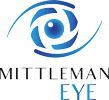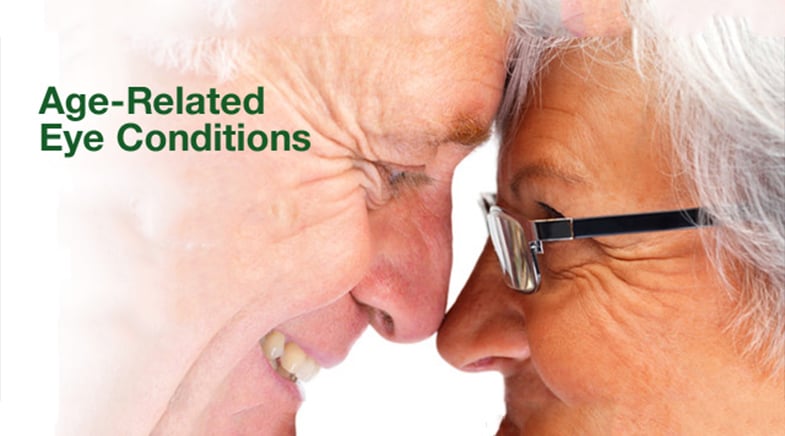Association Between Serum 25-hydroxyvitamin D Levels and Age-Related Cataracts.
Purpose
To investigate associations between serum 25-hydroxyvitamin D levels and age-related cataracts.
Setting
Department of Ophthalmology, College of Medicine, Catholic University of Korea, South Korea.
Design
Observational cross-sectional study.
Methods
Participants aged 40 years or older in the fourth (2008 to 2009) and fifth (2010 to 2012) Korea National Health and Nutrition Examination Survey (KNHANES) had evaluation of their serum 25-hydroxyvitamin D levels and ophthalmic slitlamp examinations to identify cataract. An age-related cataract was defined as the presence of a cortical, nuclear, anterior subcapsular, posterior subcapsular, or mixed cataract or a history of cataract surgery.
Results
The study evaluated eyes of 18 804 patients. The mean levels of serum 25-hydroxyvitamin D were 20.0 ng/mL in men and 17.5 ng/mL in women. In men, but not in women, the odds ratio (OR) for age-related cataracts decreased statistically significantly when the serum 25-hydroxyvitamin D levels were in the highest quintile than when they were in the lowest quintile (OR, 0.76; 95% confidence interval, 0.59-0.99) after adjusting for potentially confounding factors including age, sex, smoking status, diabetes, hypertension, and sunlight exposure. However, trend analysis did not show a significant declining trend in the cataract risk associated with higher serum 25-hydroxyvitamin D quintiles (P = .084). In women, serum 25-hydroxyvitamin D levels were not associated with age-related cataracts.
Conclusions
The age-related cataract risk decreased in men with higher serum 25-hydroxyvitamin D levels than in those with lower serum 25-hydroxyvitamin D levels after adjusting for potential confounding factors. In light of previous research indicating an antioxidative effect of vitamin D, the connection between vitamin D and age-related cataract warrants further study.
Financial Disclosure
Neither author has a financial or proprietary interest in any material or method mentioned.





















